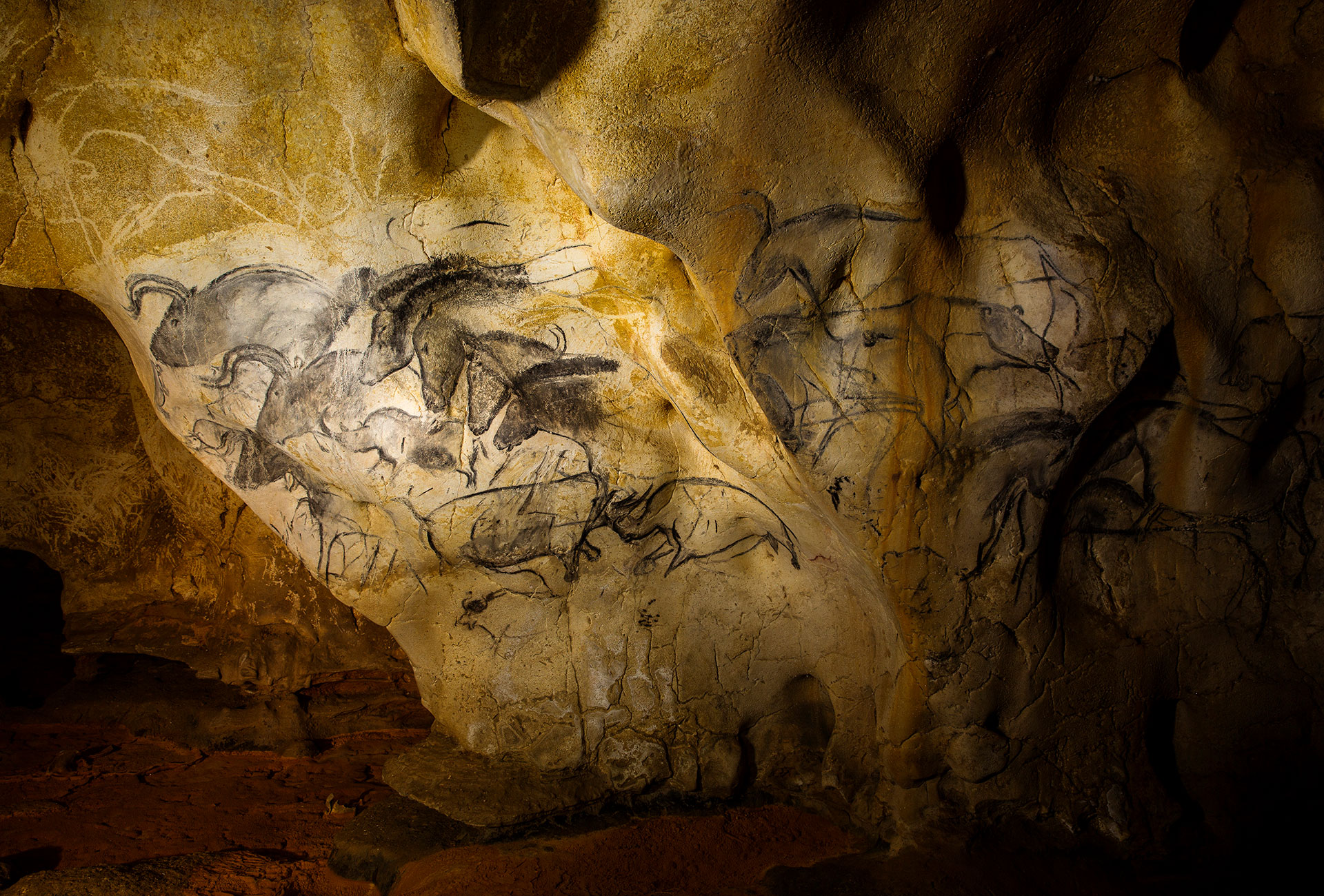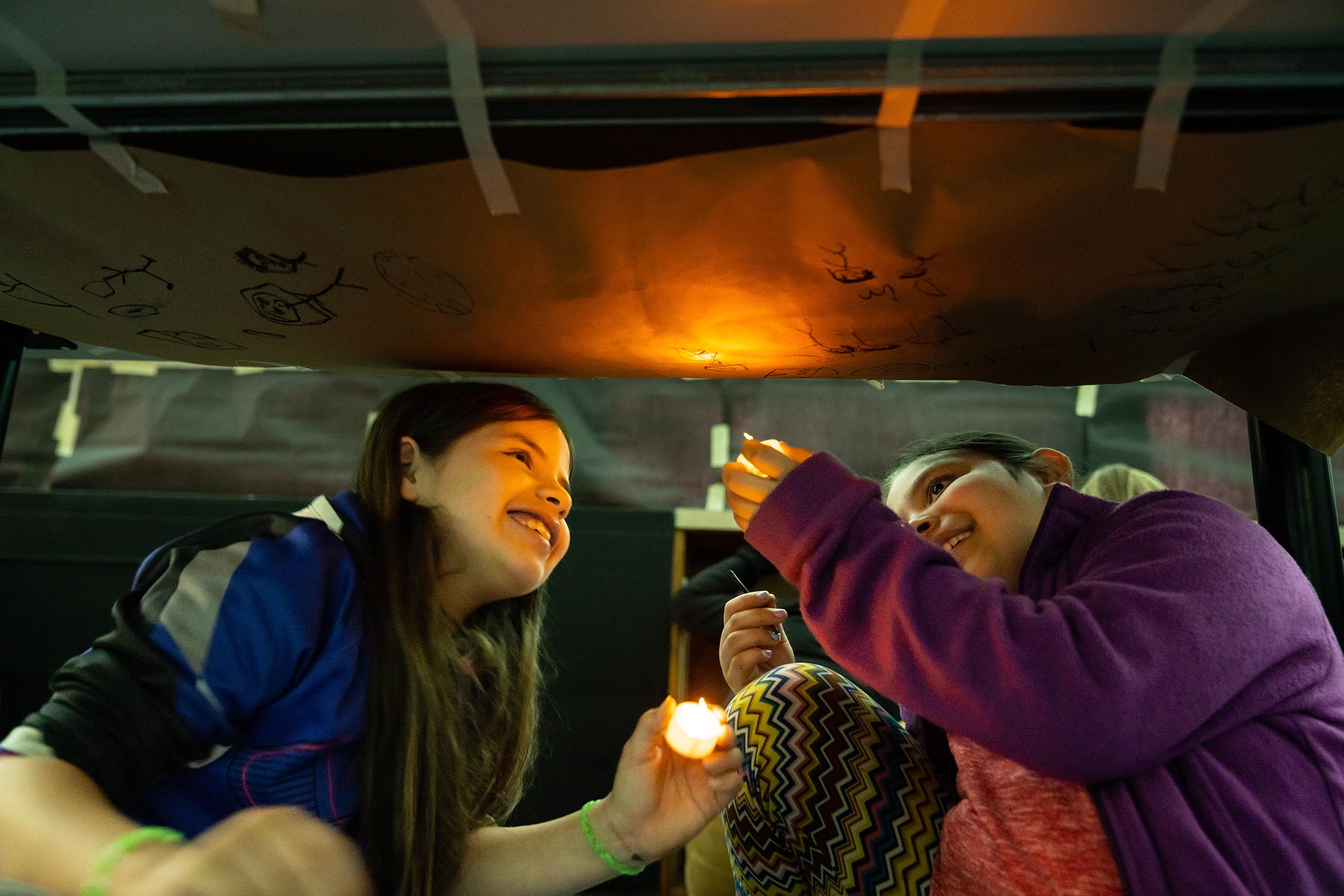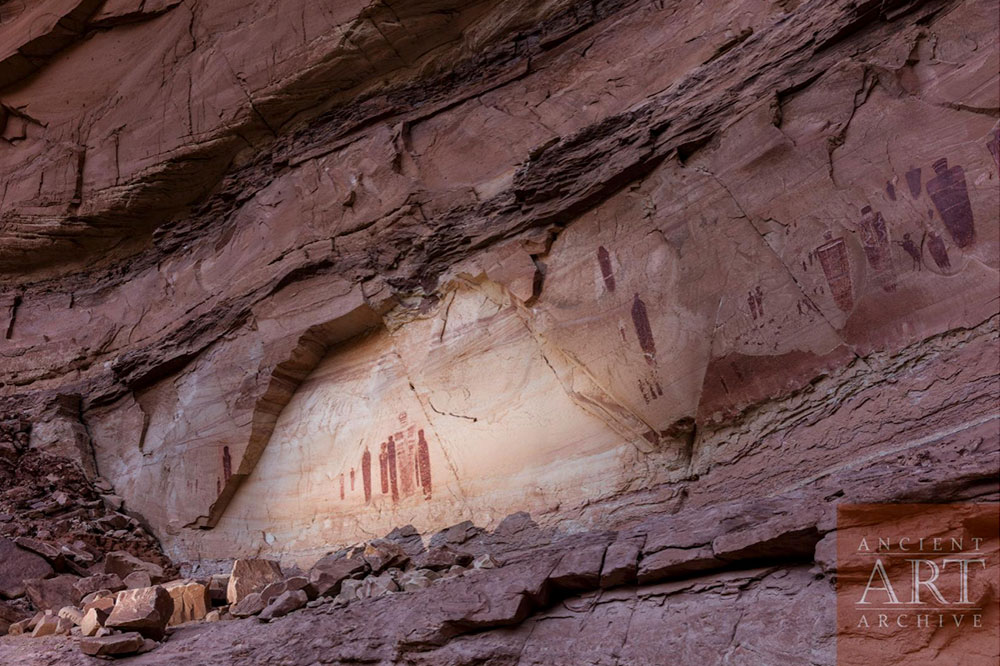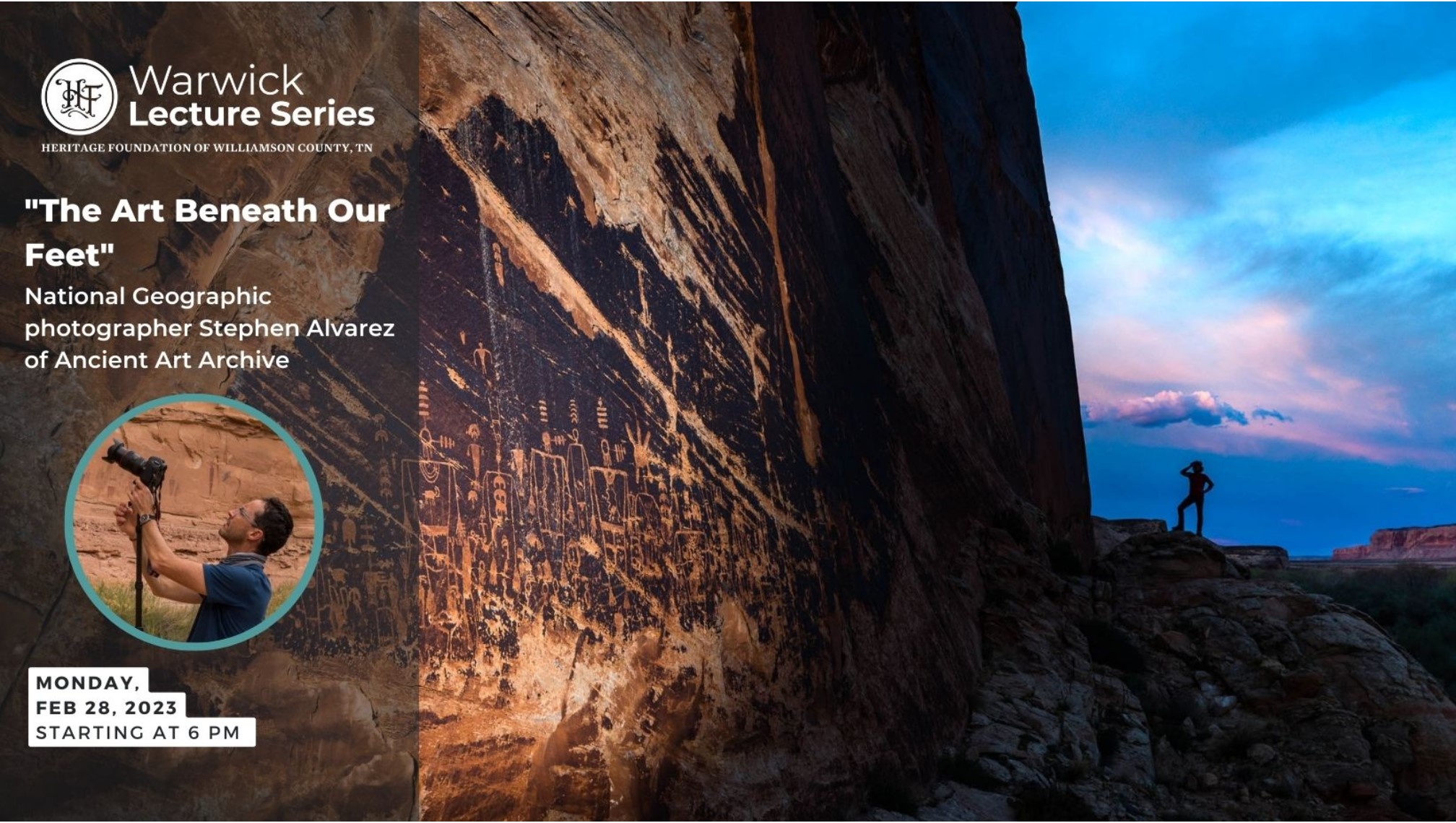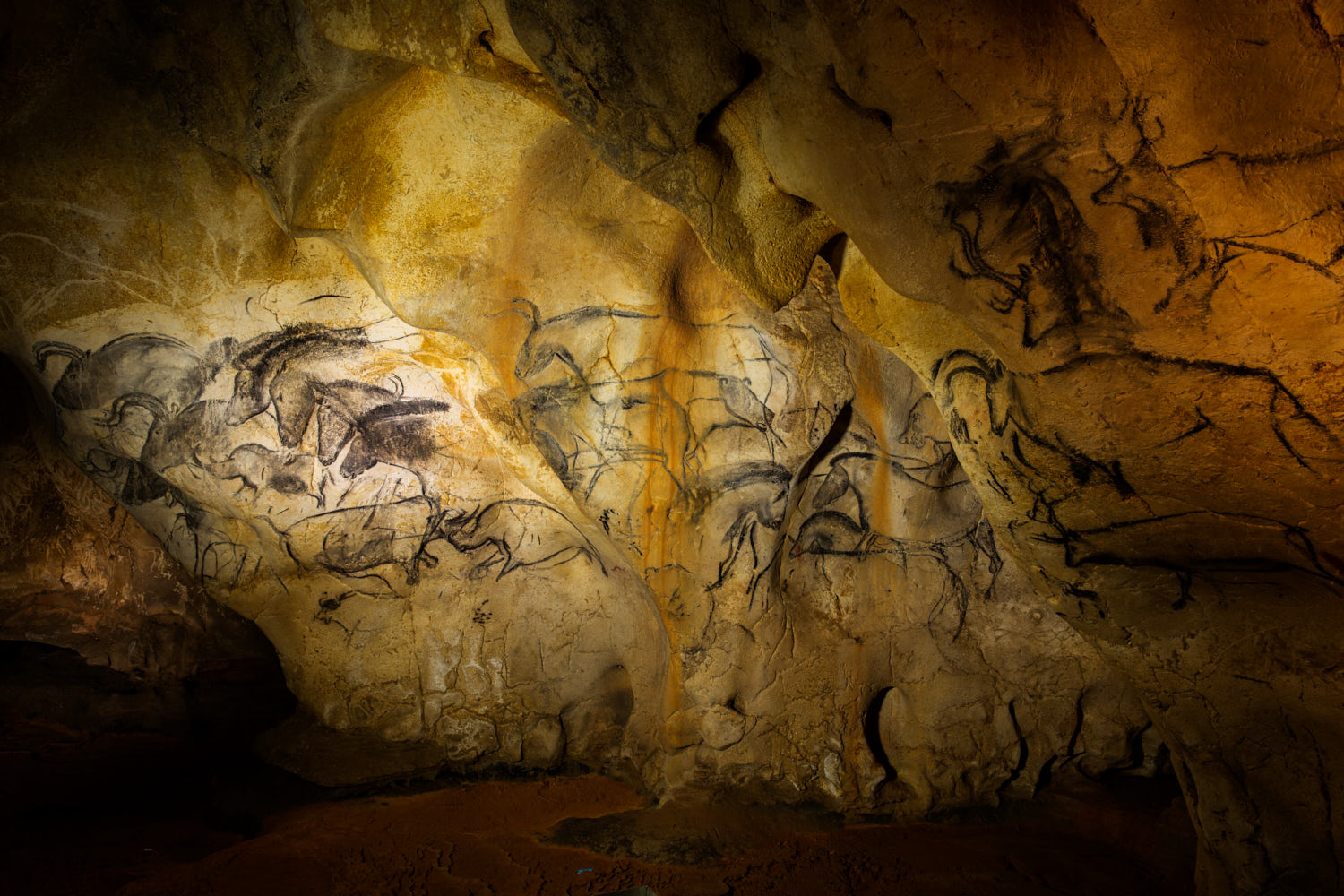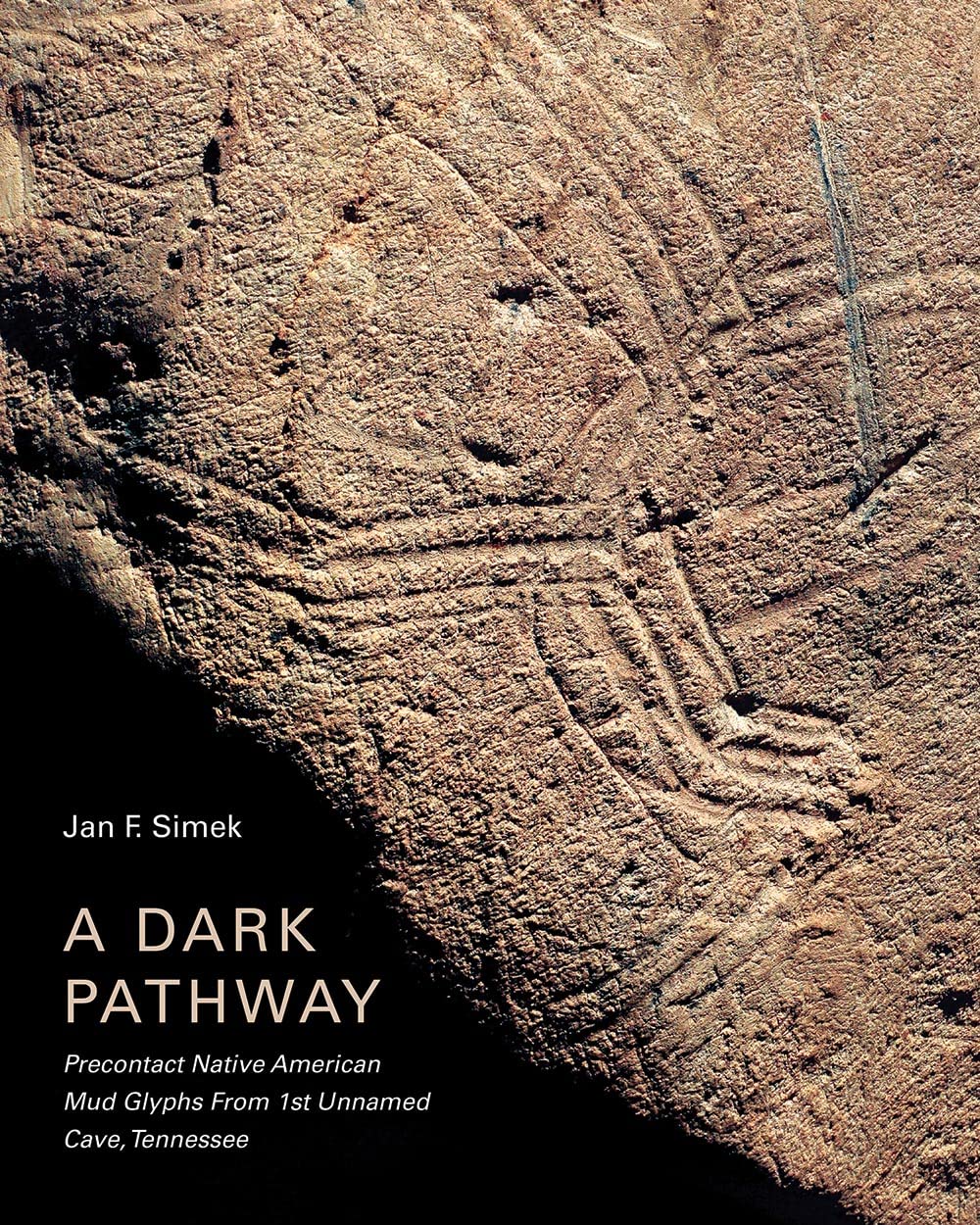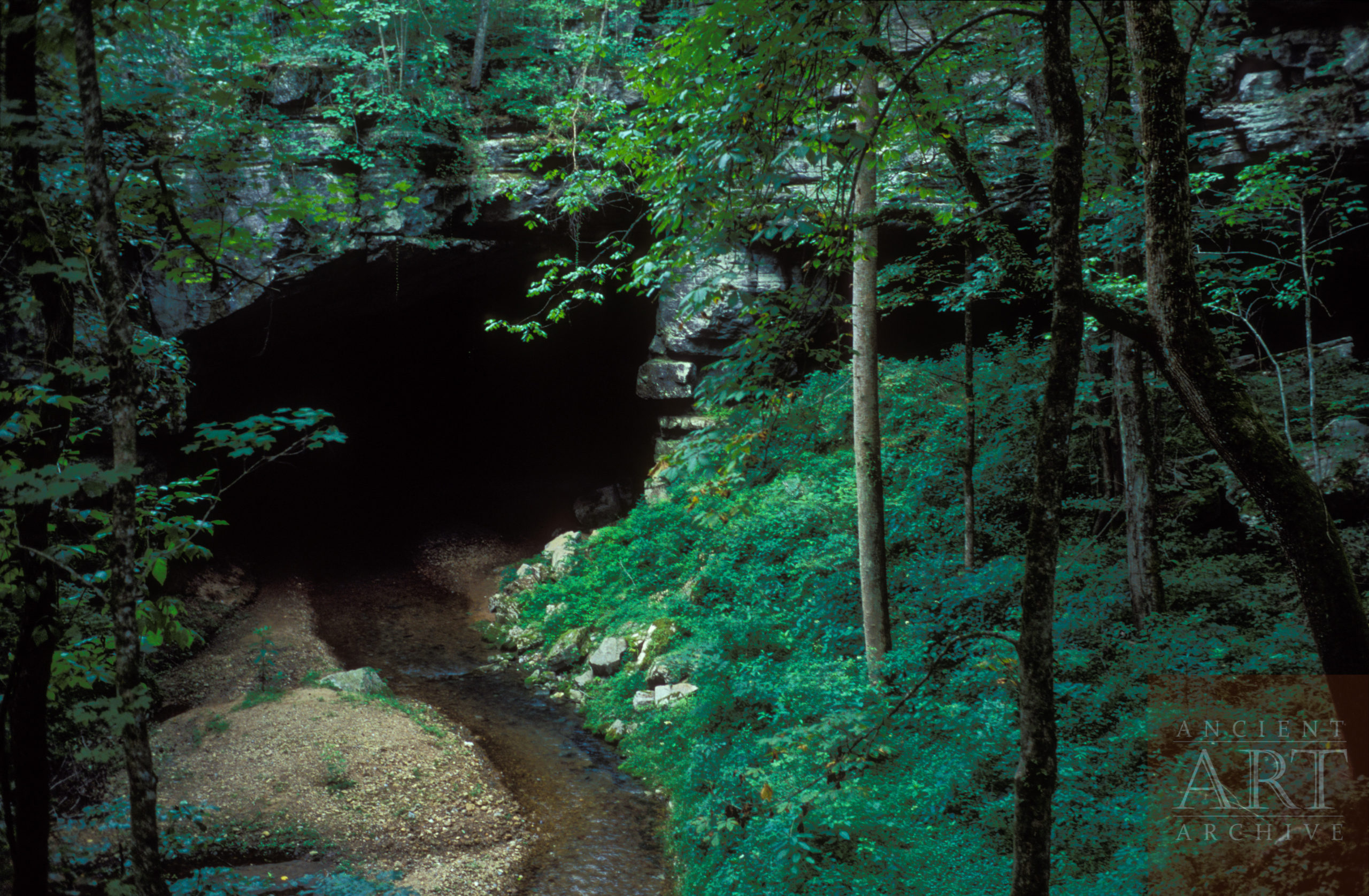Rock Art: What are Pictographs, Petroglyphs, and Geoglyphs?
||age, California, cave art, Chauvet, Emery County, France, geoglyph, Native American, North America, Painting, Paleolithic, petroglyph, pictograph, Rock Art, Uncategorized, Utah
Rock Art: Pictographs, Petroglyphs, and Geoglyphs. Three techniques are used by the world's first artists. What do those terms mean and what does the art look like?
